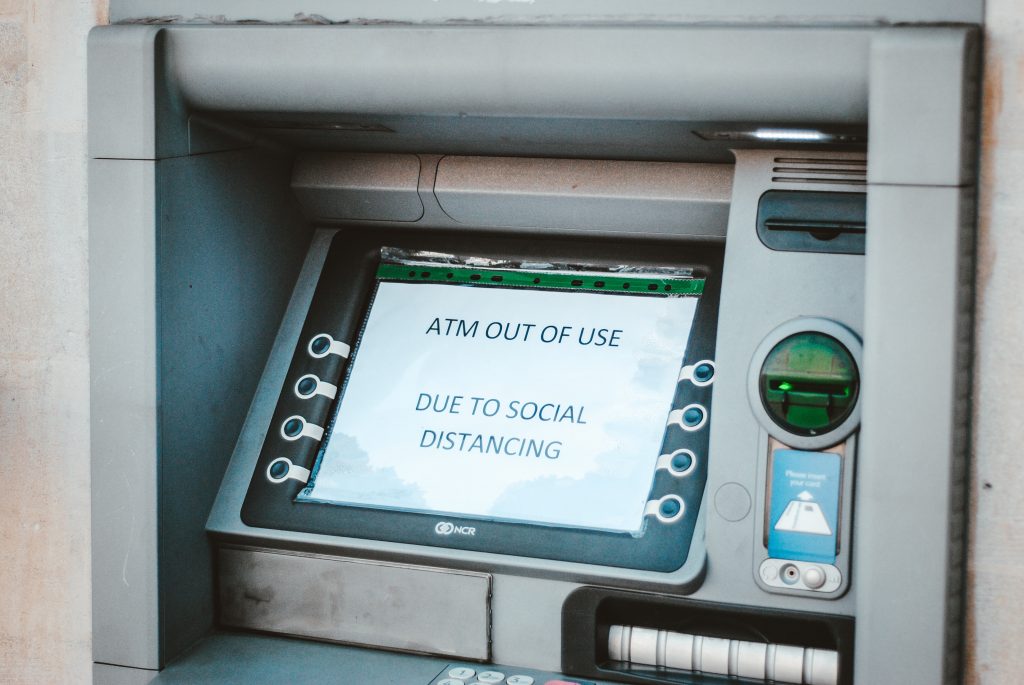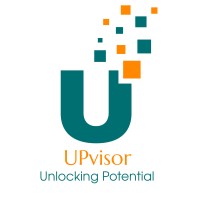Covid-19: Cash Flow Management
Lock-down has brought unique cash flow management challenges to many businesses. For those that are non-essential, it has meant closure. Although, for the lucky and innovative ones, they have pivoted into the online space.
But even so, cash flow is tight. Pipelines have been running dry. Where income has diminished, expenses often haven’t.
So, let’s look at some cash flow management strategies that can help through this lock-down.

Managing immediate cash flow
Upon announcement of the lock-down many businesses went into panic mode. Immediate negotiations for fixed payment obligations commenced. This included:
- Negotiating employee payments. Strategies might include:
- Paying out any accumulated leave
- Working short time (less time than usual)
- Applying for TERS funding
- Applying for ETI relief
- Postponing salary and wage payments
- Enforcing unpaid leave (no work, no pay)
- Renegotiating rental payments
- Having individual discussions with compassionate landlords to reduce or delay rent payments
- Using deposits paid towards monthly rental
- Note: there is no specific relief of rental payments (other than disallowing evictions)
- Evaluating expenses that can be reduced
- Obtaining payment holidays for debt payment
Understanding the wage relief rules
TERS (Temporary Employee / Employer Relief Scheme)
The information relating to TERS is from an article written by SAACI. Please refer to the complete article here.
The COVID-19 UIF Beneficiary Process – Temporary Employers Relief Scheme (TERS)
- The benefit is only available where an Employer is registered with UIF
- The benefit is available to Employees who are laid off as a result of COVID-19 and do not receive a salary or are receiving a reduced salary. In other words, an Employer could top-up an Employee’s salary
- The benefit is available where an Employer has closed the whole or part of its business for a period of three months or less as a result of COVID-19
- The application process provides an election as to whether the benefit is paid directly to Employees or Employers
- The UIF will take up to 48 hours to verify information after receiving each application. On approval of the application, the UIF will take an additional 48 hours to disburse the COVID-19 benefit to Employees or Employers. All fully compliant applications will be completed and paid within 10 days (maximum)
- The UIF will calculate the benefit as per the directive namely:
- On a sliding scale starting at 38% of the maximum threshold of R17,712.00 (or R6,730.56) to 60% of an employee’s salary
- If the employee’s benefit determined in terms of the income replacement sliding scale falls below the minimum wage of R3,500.00, the employee will be paid a benefit equal to that minimum wage
- In other words, the most an employee will receive is the amount of R6,730.56 for those employees earning equal to or above the maximum threshold of R17,712.00. Employees earning less than this maximum threshold will earn, on a sliding scale, an amount down to the minimum being the national minimum wage of R3,500.00
Hannelie du Toit
ETI amendments
The below extract is from an article written on the Werksman.com site about ETI. Please refer to their article for the full write-up.
The proposals
The Bill makes the following amendments to the ETI Act for a limited period of four months, beginning 1 April 2020 and ending 31 July 2020:
- The ETI is extended to apply in respect of qualifying employees who have already been employed by the employer concerned for 24 months;
- The monthly ETI in respect of a qualifying employee between the age of 18 and 29 is increased by R500 if the employee has a monthly remuneration of less than R4,500. This applies, irrespective of whether or not the employee (i) is in his or her first 12 months of employment with the employer; (ii) is in his or her second 12 months of employment with the employer; or (ii) has already been employed for longer than 24 months by the employer;
- In respect of a qualifying employee between the age of 18 and 29 who receives a monthly remuneration of R4,500 or more but less than R6,500, the ETI is calculated according to the following table:
ETI sliding scale
| Month 1 to 12 of employment with employer | Month 13 to 24 of employment with employer | After month 24 of employment with employer |
| R1,500 less 75% of the amount by which the qualifying employee’s monthly remuneration exceeds R4,500 | R1,000 less 50% of the amount by which the qualifying employee’s monthly remuneration exceeds R4,500 | R500 less 25% of the amount by which the qualifying employee’s monthly remuneration exceeds R4,500 |
- The age limit of 29 is relaxed so that employers can now claim the ETI in respect of qualifying employees between the ages of 30 and 65. The monthly ETI in respect of this category of employees is equal to R500 if the monthly remuneration is less than R4,500. If the monthly remuneration is between R4,500 and R6,500, the ETI is equal to R500 less 25% of the amount by which the employee’s remuneration exceeds R4,500; and
- Any excess monthly ETI credits will be refunded on a monthly basis instead of bi-annually in order to assist employers with cash flow constraints.
The ETI relief measures apply automatically to all employers employing qualifying employees, irrespective of whether they qualify as SMEs, provided that they claim the ETI in their monthly PAYE returns during the four month period.
Erich Bell, Director, Werksmans Tax Proprietary Limited
Cash Flow during lock-down
During lock-down when revenue is running low, it is time to try improve cash flow where possible. So let’s see how we can do this.
- Talk to your customers
- If you have outstanding payments from previous months, talk to your debtors. Are they able to make partial payments? Or, consider ways to encourage faster payments.
- Be in clear and consistent communication with your customers. Send messages of hope, empathy and compassion. Re-assure them you’re still there for them!
- Think about how you can create value during the lock-down period. Education and networking! Never before has there been as much business happening online. You have unique access to high-level decision makers. Use it!
- Offer discounts to “pay now and collect later” to stimulate your cash flow.
- Negotiate extended payment terms with your creditors
- This might mean support for working capital costs (inventory and operational expenses).
- Obtain debt relief for your long-term debts
- Review the different funding options available under the Covid-19 disaster rules.
- Your eligibility for relief funds could be affected by:
- Tax compliance (e.g. UIF and PAYE)
- Submission of financial statements or management accounts
- Your trading history
The most important focus area during this time, is making sure there is a business to return to! Do what you can to protect the sustainability of the business. This starts with well-implemented cash flow management strategies.
Cash Flow after lock-down
It is currently unclear when lock-down will actually lift. And even when it is lifted, we’re probably going to be looking at a staggered release. But what is clear, is that the world is changing. And our businesses need to adapt accordingly.
Your actions during lock-down will determine what your cash flow situation looks like after lock-down.
So, I ask you:
- What are you doing during lock-down to ensure your sustainability afterwards?
- Are you pivoting?
- Spending time networking?
- How about upskilling yourself?
- What is going to bring your business through this time successfully?
- Will you be stronger?
- Do you have cash flow management strategies in place?
If you’re unsure how to address these questions, engage with us! Let’s brainstorm and strategize together. Together, we can make sure you and your business survives. And surely soon, thrives!

